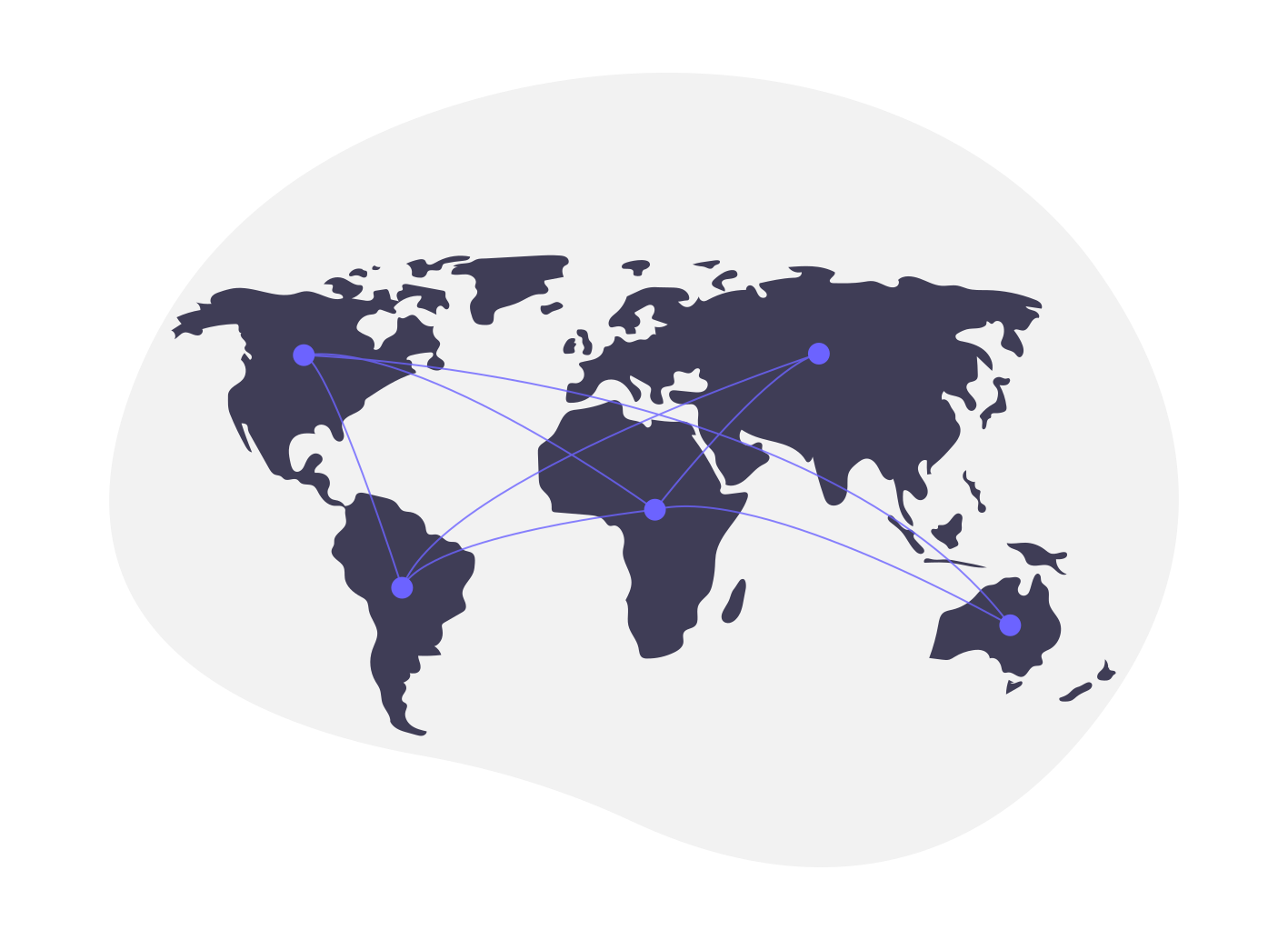In the world of account-based marketing (ABM), precision and personalization are key. To craft messages that resonate deeply with target accounts, marketers must leverage various segmentation strategies. One of the most potent among them is demographic segmentation. This blog delves into the importance of demographic segmentation in ABM, exploring how it enhances strategies and drives better engagement and conversion rates.
Understanding Demographic Segmentation
Demographic segmentation involves dividing your target audience into smaller groups based on demographic variables such as age, gender, income, education, occupation, and family status. This segmentation helps marketers tailor their messages to the specific needs, preferences, and behaviors of each group, thereby increasing the effectiveness of their campaigns.
Why Demographic Segmentation Matters in ABM
-
Enhanced Personalization: By understanding the demographic characteristics of your target accounts, you can create highly personalized content and campaigns. For instance, a campaign targeting young professionals will differ significantly from one aimed at senior executives in terms of tone, messaging, and channels used.
-
Improved Targeting: Demographic segmentation allows for more precise targeting. By identifying the demographic profile of the decision-makers within your target accounts, you can focus your efforts on the most relevant segments, thereby increasing the likelihood of engagement and conversion.
-
Better Resource Allocation: With insights from demographic segmentation, you can allocate your marketing resources more efficiently. Instead of spreading your budget across a broad audience, you can concentrate on high-value segments that are more likely to respond positively to your campaigns.
-
Insightful Analytics: Demographic data provides valuable insights into the performance of your campaigns. By analyzing the engagement and conversion rates across different demographic segments, you can refine your strategies and optimize future campaigns for better results.
Implementing Demographic Segmentation in ABM
Step 1: Gather Demographic Data
Start by collecting demographic data on your target accounts. This data can be obtained through various sources, including:
- CRM Systems: Integrate demographic data into your CRM system to create comprehensive profiles of your target accounts.
- Surveys and Forms: Use surveys and forms to gather demographic information directly from your audience.
- Third-Party Data Providers: Leverage third-party data providers to enrich your existing demographic data.
Step 2: Analyze and Segment
Once you have gathered the data, analyze it to identify patterns and trends. Group your target accounts into segments based on shared demographic characteristics. This could involve segmenting by age, gender, job title, industry, company size, etc.
Step 3: Craft Personalized Campaigns
With your segments defined, develop personalized campaigns for each group. Tailor your messaging, content, and offers to the specific needs and preferences of each segment. For example:
- Young Professionals: Use dynamic and visually appealing content, focusing on career growth and innovative solutions.
- Senior Executives: Emphasize efficiency, ROI, and strategic advantages, with a more formal tone.
Step 4: Execute and Monitor
Launch your campaigns across the appropriate channels for each segment. Monitor the performance closely, tracking key metrics such as open rates, click-through rates, and conversion rates. Use this data to refine your campaigns and improve your segmentation strategy continuously.
Challenges and Solutions in Demographic Segmentation
While demographic segmentation offers numerous benefits, it also comes with challenges:
-
Data Accuracy: Ensuring the accuracy of demographic data can be challenging. Use reliable data sources and regularly update your data to maintain accuracy.
-
Privacy Concerns: Be mindful of privacy regulations and ensure that your data collection practices comply with laws such as GDPR and CCPA.
-
Integration: Integrating demographic data across different systems and platforms can be complex. Invest in robust data integration tools to streamline the process.
Conclusion
Demographic segmentation is a powerful tool in the ABM toolkit, enabling marketers to deliver personalized and effective campaigns. By understanding and leveraging demographic data, you can enhance your ABM strategies, engage your target accounts more effectively, and drive better results. As the marketing landscape continues to evolve, the ability to segment and personalize will be crucial in staying ahead of the competition.


